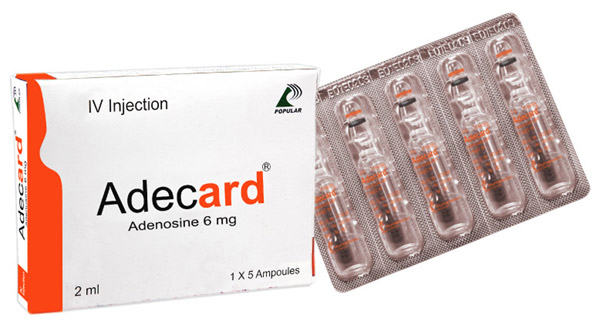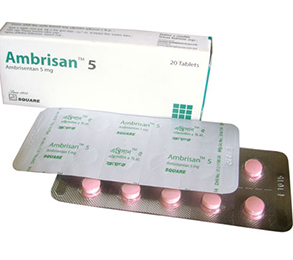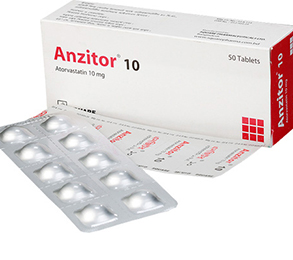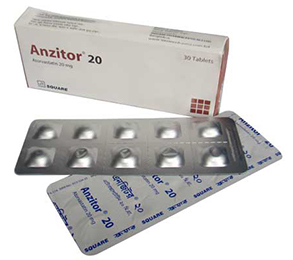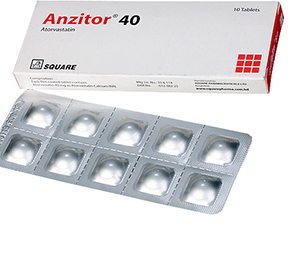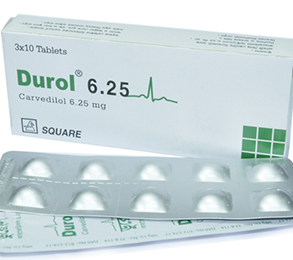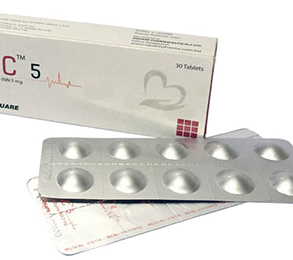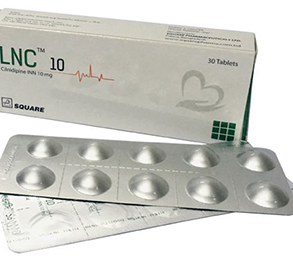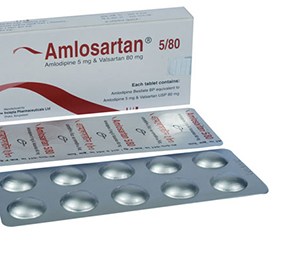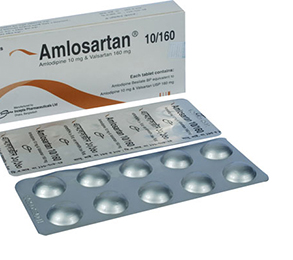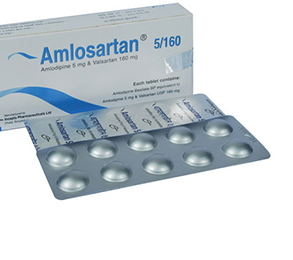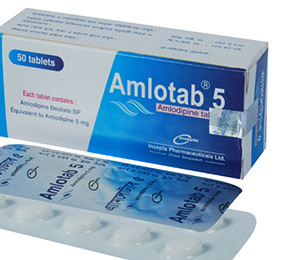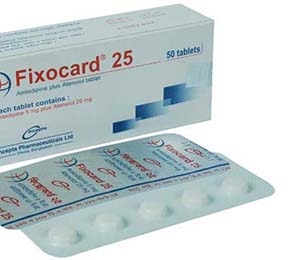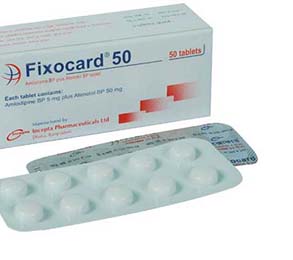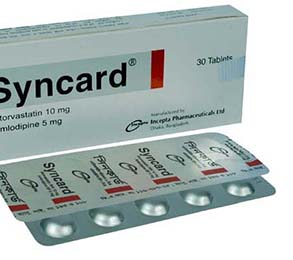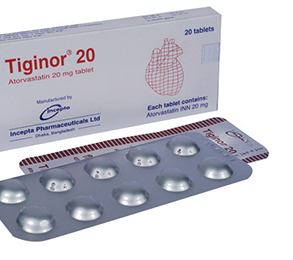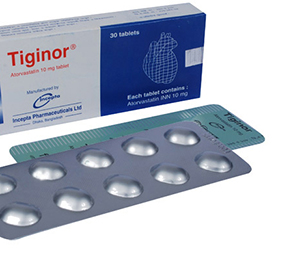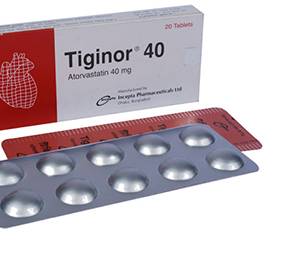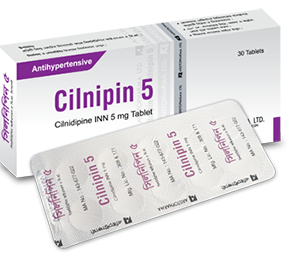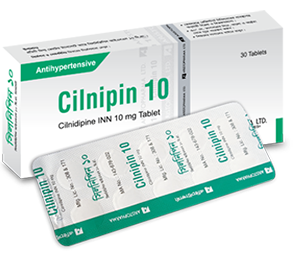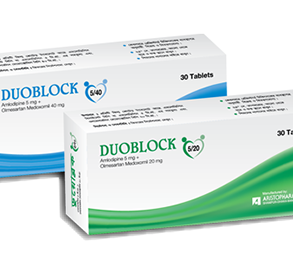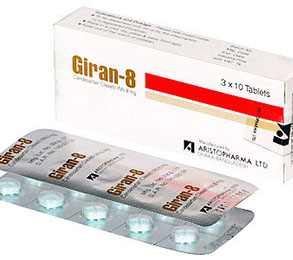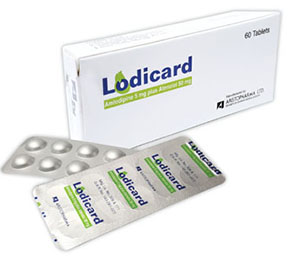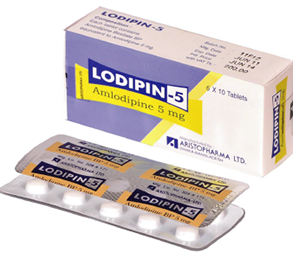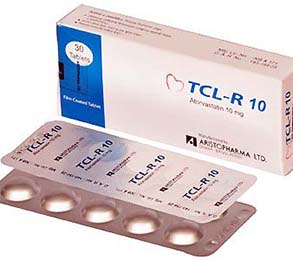Adecard Injection 6 mg/2 ml 1 Pcs
Alternative products
Adenosine
Indications
Intravenous Adenosine is indicated for the following: Conversion to sinus rhythm of paroxysmal supraventricular tachycardia (PSVT), including that associated with accessory bypass tracts (Wolff-Parkinson-White Syndrome).
Pharmacology
This preparation is a sterile, nonpyrogenic solution for rapid bolus intravenous injection. Adenosine injection slows conduction time through the A-V node, can interrupt the reentry pathways through the A-V node, and can restore normal sinus rhythm in patients with paroxysmal supraventricular tachycardia.
Dosage & Administration
Adult:
- Initial dose: 6 mg given as rapid IV bolus (administered over 1-2 second period).
- Repeat administration: If the first dose does not result in elimination of the supraventricular tachycardia within 1-2 minutes, 12 mg should be given as rapid intravenous bolus. This 12 mg dose may be repeated for second time if required.
Pediatric: The dosages used in neonates, infants, children and adolescents were equivalent to those administered to adults on a weight basis.
- Body weight < 50 kg: Initial dose - 0.05 to 0.1 mg/kg as a rapid IV bolus given either centrally or peripherally. A saline flush should follow.
- Body weight > 50 kg: The adult dose is recommended. Doses greater than 12 mg are not recommended for adult and pediatric patients.
Repeat administration: If conversion of PSVT does not occur within 1-2 minutes, additional bolus injections of adenosine can be administered at incrementally higher doses, increasing the amount given by 0.05 to 0.1 mg/kg. A saline flush should follow. This process should continue until sinus rhythm is established or a maximum single dose of 0.3 mg/kg is used.
* চিকিৎসকের পরামর্শ মোতাবেক ঔষধ সেবন করুন'
Interaction
Intravenous Adenosine injection has been effectively administered in the presence of other cardioactive drugs, such as Quinidine, beta- adrenergic blocking agents, Calcium channel blocking agents and angiotensin converting enzyme inhibitors without any change in the adverse reaction profile. Digoxin and Verapamil use may be rarely associated with ventricular fibrillation when combined with Adenosine. Because of the potential for additive or synergistic depressant effects on the SA and AV nodes, however, Adenosine should be used with caution in the presence of these agents. The use of Adenosine in patients receiving Digitalis may be rarely associated with ventricular fibrillation. The effects of Adenosine are antagonized by Methylxanthines, such as, Caffeine and Theophylline.
Contraindications
Intravenous Adenosine is contraindicated in:
- Second- or third-degree A-V block (except in patients with a functioning artificial pacemaker).
- Sinus node disease, such as sick sinus syndrome or symptomatic bradycardia (except in patients with a functioning artificial pacemaker).
- Known hypersensitivity to Adenosine.
Side Effects
Cardiovascular: Facial flushing, headache, sweating, palpitations, chest pain, hypotension. Respiratory: Shortness of breath/dyspnea, chest pressure, hyperventilation, head pressure.
Central Nervous System: Lightheadedness, dizziness, tingling in arms, numbness, apprehension, blurred vision, burning sensation, heaviness in arms, neck and back pain.
Gastrointestinal: Nausea, metallic taste, tightness in throat, pressure in groin. In post-market clinical experience with Adenosine, cases of prolonged asystole, ventricular tachycardia, ventricular fibrillation, transient increase in blood pressure, bradycardia, hypotension, atrial fibrillation and bronchospasm, in association with Adenosine use, have been reported.
Pregnancy & Lactation
US FDA pregnancy category C. Animal reproduction studies have shown an adverse effect on the fetus and there are no adequate and well-controlled studies in humans, but potential benefits may warrant use of the drug in pregnant women despite potential risks.
Overdose Effects
The half-life of Adenosine is less than 10 seconds. Thus, adverse effects are generally rapidly self-limiting. Treatment of any prolonged adverse effects should be individualized and be directed toward the specific effect. Methylxanthines, such as, Caffeine and Theophylline, are competitive antagonists of Adenosine.
Therapeutic Class
Paroxysmal supraventricular tachycardia (PSVT)
Storage Conditions
Store in cool dry place protected from light. Keep out of reach of children. Do not refrigerate as crystallization may occur. If crystallization has occurred, dissolve crystals by warming to room temperature. The solution must be clear at the time of use.
- Type Injection
- Tag
- Morbi leo risus
- Porta ac consectetur ac
- Vestibulum at eros
